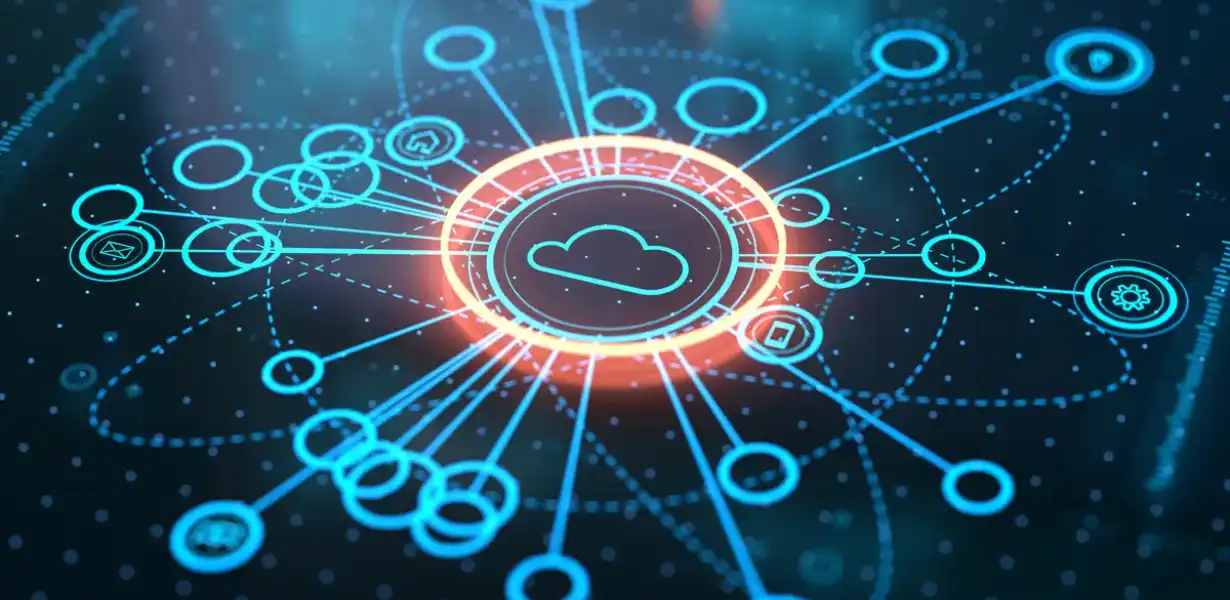
The Rise of Edge Clouds: Revolutionizing Data Processing and Latency in the IoT Era
- Post
- August 8, 2023
- Cloud Computing, Internet & Web Services, Public Clouds
- 0 Comments
In the ever-evolving landscape of information technology, the emergence of edge clouds has set in motion a paradigm shift that holds the potential to reshape the way data is processed and latency is minimized in the era of the Internet of Things (IoT). This dynamic evolution has unlocked new horizons, propelling us towards a future where seamless connectivity, real-time insights, and efficient data processing converge to create a transformative digital ecosystem.
Understanding Edge Clouds: Redefining Data Processing
Edge Clouds Defined
At its core, an edge cloud refers to a decentralized computing architecture that brings data processing closer to the source – where data is generated – rather than relying solely on centralized cloud servers. This proximity eliminates the traditional bottlenecks associated with data transfer to distant data centers, thereby significantly reducing latency and enabling real-time processing.
Advantages Over Traditional Cloud
In comparison to the traditional cloud infrastructure, edge clouds hold a distinct advantage in scenarios where real-time responsiveness is crucial. By processing data closer to its origin, edge clouds not only reduce latency but also alleviate bandwidth strain. This capability becomes particularly relevant in the context of IoT, where a multitude of connected devices generate an immense volume of data that demands swift and efficient processing.
The IoT Connection: Bridging the Gap
IoT and Data Proliferation
The IoT revolution has ushered in an era where devices, vehicles, and appliances are interconnected, sharing vast amounts of data. However, this interconnectedness introduces challenges related to latency, as centralized cloud processing may lead to delays that hinder the seamless functioning of IoT devices.
Edge Clouds as Latency Saviors
By establishing a distributed network of edge servers, edge clouds bridge the gap between data generation and processing. This infrastructure ensures that critical data is processed locally, minimizing the time it takes for insights to be derived and actions to be taken. As a result, edge clouds play a pivotal role in enabling the full potential of the IoT ecosystem.
Public Cloud Providers and the Edge
Public Cloud: A Foundation
Public cloud providers have been instrumental in shaping the digital landscape by offering scalable and versatile cloud computing solutions. However, the rise of edge clouds complements the public cloud infrastructure, presenting a hybrid model that optimally utilizes both centralized and decentralized processing.
Hybrid Model Synergy
Public cloud providers, cognizant of the changing dynamics, are integrating edge computing capabilities into their offerings. This synergistic approach allows for the seamless integration of edge and cloud resources, enabling organizations to strike a balance between agility and latency reduction.
Edge Clouds in Action: Real-world Applications
Smart Cities: Enhancing Urban Living
Edge clouds are at the heart of smart city initiatives, where data from sensors and devices are harnessed to enhance urban services. From traffic management to waste disposal, edge clouds enable real-time analysis and decision-making, elevating the quality of life for city residents.
Industrial IoT: Revolutionizing Manufacturing
In the realm of industrial IoT, edge clouds are revolutionizing manufacturing processes. By enabling real-time monitoring, predictive maintenance, and process optimization, edge clouds are transforming factories into highly efficient, data-driven ecosystems.
Overcoming Challenges: Security and Scalability
Security Concerns Addressed
With data processing taking place at the edge, security concerns inevitably arise. However, the integration of robust security measures, including encryption and authentication protocols, ensures that data remains safeguarded, even in a distributed environment.
Scalability through Innovation
As the adoption of edge clouds continues to grow, scalability emerges as a critical consideration. Innovative solutions, such as dynamic resource allocation and load balancing, enable edge cloud architectures to seamlessly scale according to demand, without compromising performance.
Final Words
The rise of edge clouds marks a pivotal juncture in the evolution of data processing and latency reduction. By decentralizing computation and bringing it closer to data sources, edge clouds empower the IoT era with unparalleled responsiveness and efficiency. As public cloud providers embrace this shift, a hybrid model emerges, poised to shape the future of technology and drive unprecedented innovation.
Commonly Asked Questions
Q1: What distinguishes edge clouds from traditional cloud computing?
Edge clouds prioritize processing data closer to its source, reducing latency and enabling real-time insights, which is distinct from traditional cloud computing that relies on centralized servers.
Q2: How do edge clouds enhance the Internet of Things (IoT) ecosystem?
Edge clouds minimize latency in the IoT ecosystem by processing data locally, enabling rapid decision-making and maximizing the potential of interconnected devices.
Q3: Are there security risks associated with edge cloud adoption?
While security concerns exist, edge clouds incorporate robust encryption and authentication measures to ensure data remains secure in a distributed environment.
Q4: How do edge clouds contribute to smart city initiatives?
Edge clouds play a crucial role in smart cities by enabling real-time analysis of data from sensors and devices, leading to improved urban services and enhanced quality of life.
Q5: Can edge cloud architectures seamlessly scale to accommodate demand?
Yes, innovative solutions such as dynamic resource allocation and load balancing empower edge cloud architectures to scale efficiently without compromising performance.




